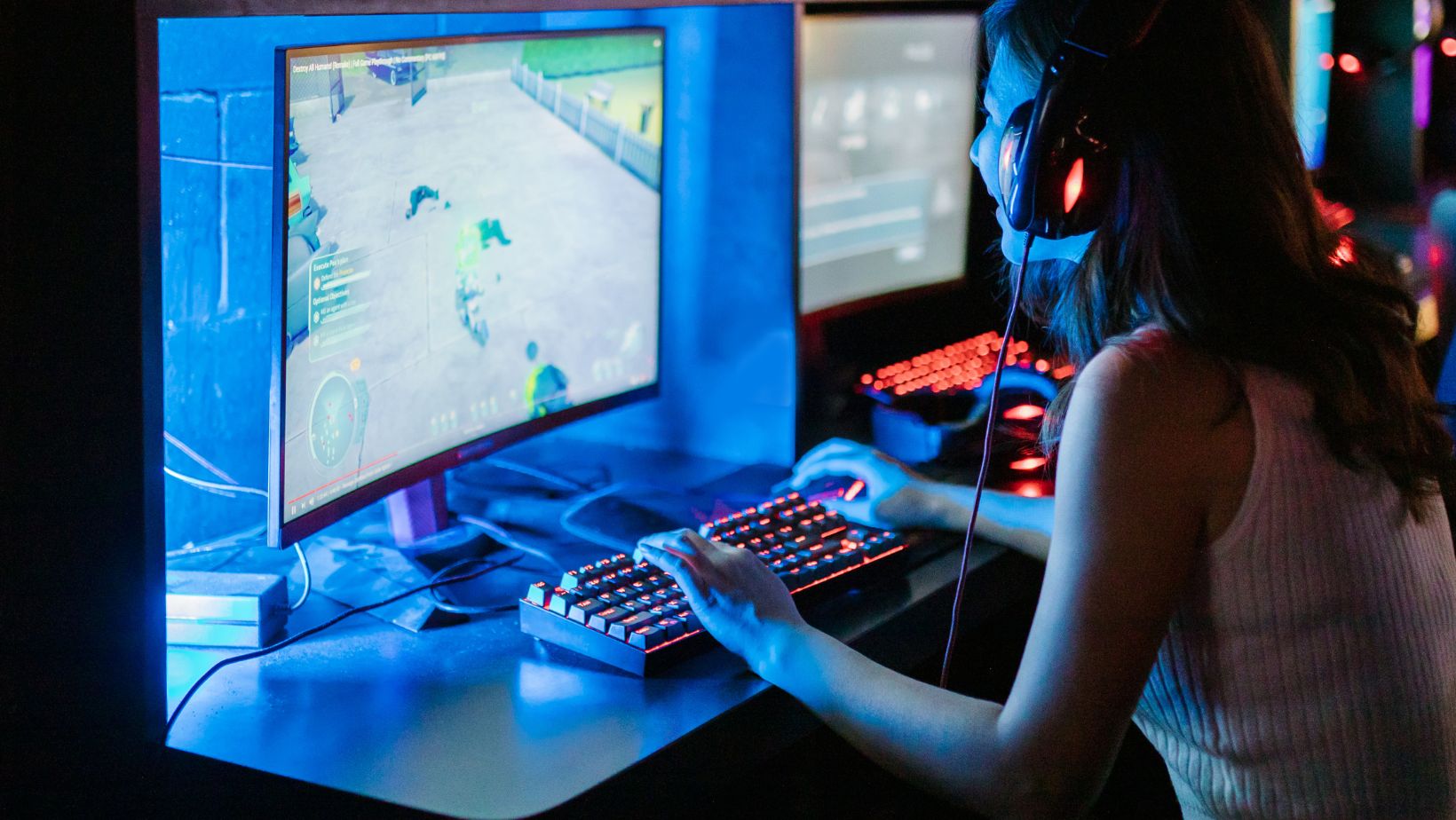Interactive entertainment has come a long way since the days of clunky arcade machines and their flickering screens. From the raw charm of Pong to the sprawling digital worlds of 2025, gaming has morphed into a cultural juggernaut, blending tech, creativity, and a knack for keeping players hooked. Platforms like Gameshub now deliver experiences that fuse stunning visuals with clever mechanics, pulling players into a whirlwind of fun and rewards. Let’s take a stroll through the milestones that turned simple pixels into today’s dynamic digital playgrounds.
Table of Contents
ToggleArcade Beginnings: Where It All Started
Back in the 1970s, arcades were the place to be. Games like Space Invaders or Pac-Man didn’t need fancy graphics to steal hours of your time—just a joystick and a pocketful of quarters. These machines, powered by basic code and minimal hardware, sparked a gaming craze. Arcades weren’t just about playing; they were social spots where you’d brag about high scores or sneak in a quick game before dinner. When home consoles like the Atari 2600 hit the scene, they brought that arcade buzz into homes, kicking off a new era of accessibility that changed everything.
Consoles and PCs: Expanding the Playground
By the 1980s and 90s, gaming leveled up with home consoles and personal computers. The Nintendo Entertainment System and Sega Genesis gave us heroes like Mario and Sonic, weaving stories into gameplay that kept us glued to the screen. PCs, meanwhile, opened doors to deeper experiences—think point-and-click adventures or early RPGs like Ultima. Programmers leaned on languages like C++ to build richer worlds, and better graphics made everything pop. Multiplayer started creeping in, too, with split-screen co-op and clunky dial-up connections hinting at the online future.
The Internet Boom: Connecting Players Worldwide
The late 90s internet boom flipped gaming on its head. Suddenly, you could frag strangers in Quake or adventure in EverQuest’s massive online worlds. Digital platforms made games easier to grab, no trip to the store needed. Developers tapped into faster internet and slicker coding tools to craft huge, interactive spaces. Reward systems—think achievements or in-game loot—started making games feel like more than just play; they were a lifestyle. These shifts set the stage for today’s platforms, where competition, connection, and rewards go hand in hand.
Mobile Gaming: Fun in Your Pocket
Then came the 2000s, and smartphones changed the game—literally. Titles like Angry Birds or Candy Crush Saga proved you didn’t need complex controls to get addicted. Touchscreens made gaming a breeze, and developers used Python or JavaScript to whip up snappy, lightweight titles.

Mobile games also brought new ways to keep players engaged, like in-app rewards or quick daily challenges. By 2025, mobile gaming’s a powerhouse, delivering experiences that rival consoles with visuals and depth that would’ve seemed impossible a decade ago.
Today’s Tech: Immersion and Innovation
Fast-forward to now, and interactive entertainment is a tech marvel. Virtual reality drops you into the game, while cloud gaming lets you play anywhere, no beefy hardware required. Modern RPGs use AI to tweak stories based on your choices, and competitive titles like CS:GO match you with players at your skill level. Reward systems have gotten smarter, too, keeping you chasing that next milestone. It’s all about immersion—making you feel like you’re part of the action, whether you’re exploring a fantasy realm or battling for glory.
Coding: The Unsung Hero of Gaming
None of this would exist without coding. Languages like Python, C#, or JavaScript are the magic behind game physics, AI characters, and even the random number generators ensuring fair play. Curious about the nuts and bolts? Sites like GameDeveloper.com dive into the coding tricks powering today’s games. As gaming evolves, programmers are the ones pushing the limits, turning wild ideas into reality with a few well-placed lines of code.
What’s Next: The Future of Play
Looking ahead, the line between gaming and other digital entertainment is blurring. Blockchain tech could shake up how we own in-game stuff, and AI might craft stories that feel scarily personal. Platforms will keep blending seamless play with rewards that keep us coming back. From those early pixelated days to today’s payout-driven adventures, interactive entertainment’s journey shows no sign of slowing down—it’s just getting more exciting.

Wayne is a unique blend of gamer and coder, a character as colorful and complex as the worlds he explores and the programs he crafts. With a sharp wit and a knack for unraveling the most tangled lines of code, he navigates the realms of pixels and Python with equal enthusiasm. His stories aren’t just about victories and bugs; they’re about the journey, the unexpected laughs, and the shared triumphs. Wayne’s approach to gaming and programming isn’t just a hobby, it’s a way of life that encourages curiosity, persistence, and, above all, finding joy in every keystroke and every quest.



